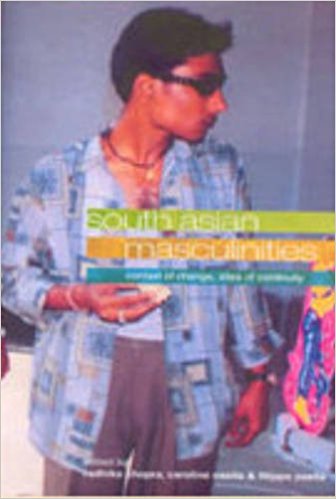The proliferation of men’s studies and the theorizing of masculinities in the western academia could be traced back to R.W. Connell’s seminal contribution on multiple masculinities. Connell argues that masculinities are constructed, performed, experienced and perceived through differences of class and sexual orientations and not tied to male bodies. According to him, masculinity as an ideological construct and as a set of practices, is not homogenous or unitary across time, space and social groups. Its multiple articulations are contingent upon varying and shifting contexts and there are hegemonic, subordinate and complicitous masculinities. Masculinity studies in general seem to follow these propositions and found them useful in analysing the complex relationship between, race, class and masculinities. In the Indian context, gender studies have become almost synonymous with women’s studies. To a large extent, studies on women tend to focus on patriarchy as a single and universal cause for the oppression of women. Men and masculinities are not only subsumed under patriarchy, but also constructed as monolithic and undifferentiated across space, time and cultures.
January 2005, volume 29, No 1

